Search
Search Results
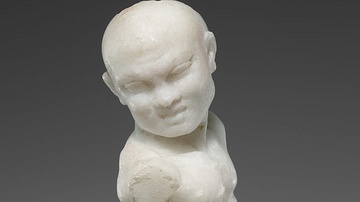
Image
Ptolemaic Statue of a Dancing Dwarf
This marble statue of a dwarf was sculpted around 332-150 BCE and is believed to have originated in Alexandria, Egypt. The dancing figure may have held cultic associations as dwarves were linked to Greek religious practice and were often...
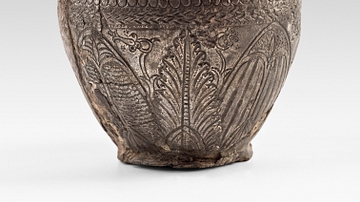
Image
Ptolemaic Silver Wine Vase
Different cultural traditions met in Hellenistic Egypt, as this small silver wine vase illustrates (11 cm in height; ca. 200-150 BCE; APM inv. no. 3397). It is decorated with acanthus and lotus leaves, floral motifs from respectively Greece...

Video
The Ptolemaic Dynasty of Ancient Egypt: From Ptolemy I to Cleopatra VII
The Ptolemaic dynasty in Ancient Egypt began under the rule of Ptolemy I Soter, whose goal was to make Egypt great again and he did that by putting the country back on solid economic and administrative footing, and it ended with Cleopatra...
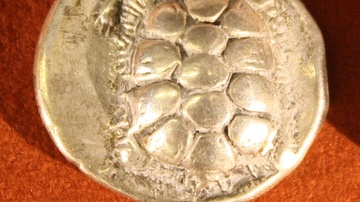
Article
The Island Kingdom of Aegina: The Old Gods Still Whisper Their Truths
Today, traveling an hour by ferry from Piraeus, the port of Athens, the first remnant of Aegina's great past a visitor will see is the lonely pillar of Apollo rising from the trees on the hill of Kolona. Once a splendid complex of three buildings...
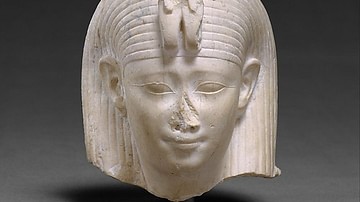
Definition
Arsinoe II Philadelphus
Arsinoe II (l. c. 318/311 - c. 270/268 BCE), daughter of Ptolemy I became one of the most enduring figures of the Lagid or Ptolemaic Dynasty and left an undeniable mark in the historical evidence. She was married three times; first to Alexander...

Definition
Cleopatra Selene II
Cleopatra Selene II (40 - c. 5 BCE) was a member of the Ptolemaic Dynasty who became the queen of Mauretania upon her marriage to King Juba II of Numidia (48 BCE - 23 CE). Though more obscure than her famous mother, Cleopatra VII (69-30 BCE...

Video
061: Ptolemaic Egypt - Greeks in an Egyptian Land
Drawn by the prospects of providing service to the Ptolemaic government in either the bureaucracy or the army, or perhaps seeking to settle and farm some of the most productive land in the world, tens of thousands of Greeks would immigrate...
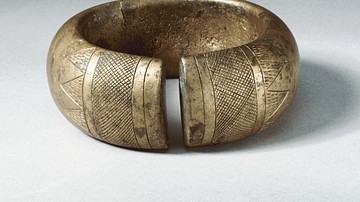
Image Gallery
Relics from the Kingdom of Kush & Ancient Nubia
Kush was a kingdom in North Africa in the region corresponding to modern-day Sudan. The larger region around Kush (later referred to as Nubia) had been inhabited since c. 8,000 BCE, but the Kingdom of Kush rose much later, flourishing between...
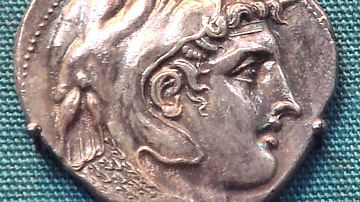
Image
Alexander the Great, Ptolemaic Coin of Alexandria
A silver coin of Alexandria depicting Alexander the Great. Reign of Ptolemy I (366 BCE – 282 BCE). (British Museum, London)

Definition
Berenice II Euergetis
Berenice II Euergetis (c. 267-221 BCE) was a pre-eminent Hellenistic queen, who ruled together with her husband Ptolemy III (r. 246-221 BCE), when the Ptolemaic kingdom was at the height of its power, dominating most of the eastern Mediterranean...